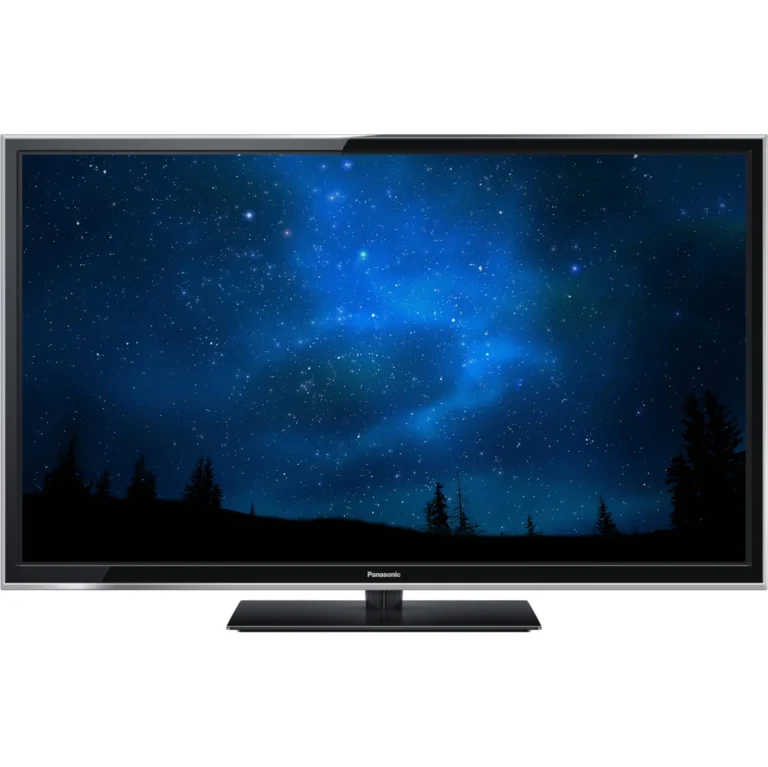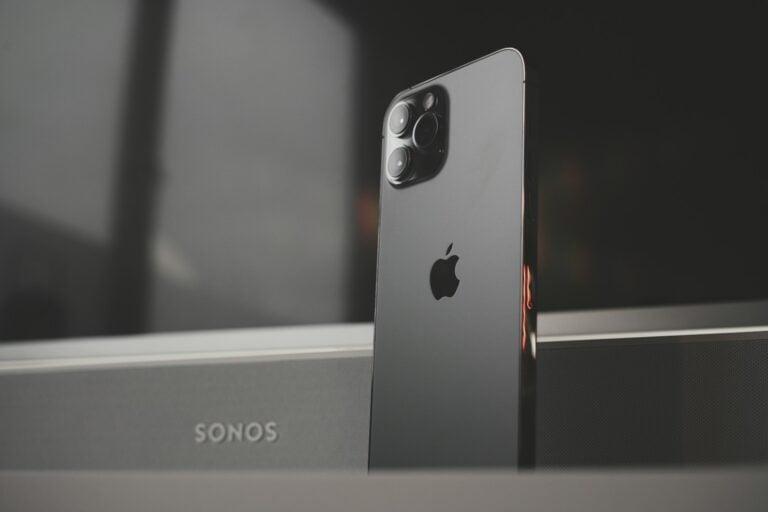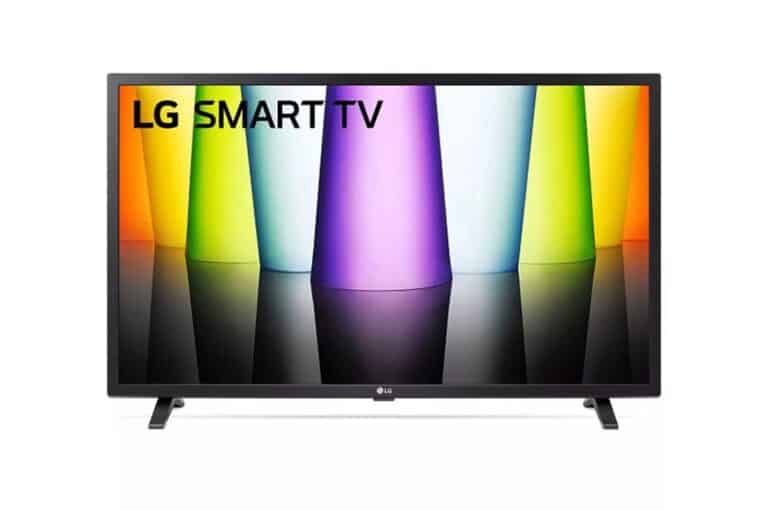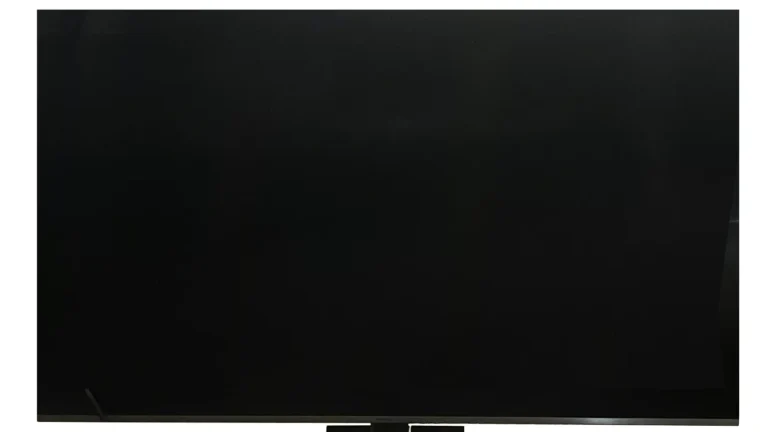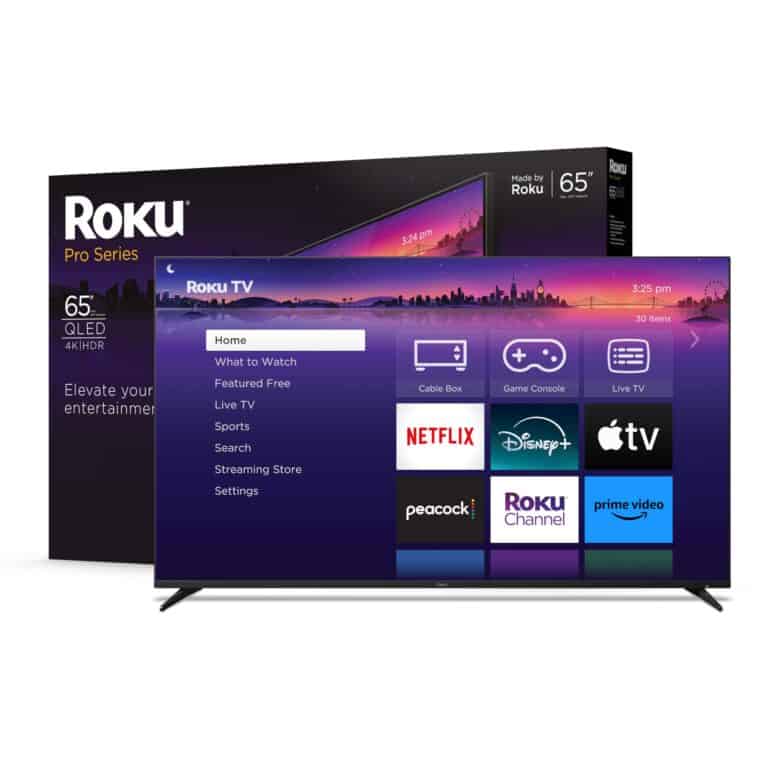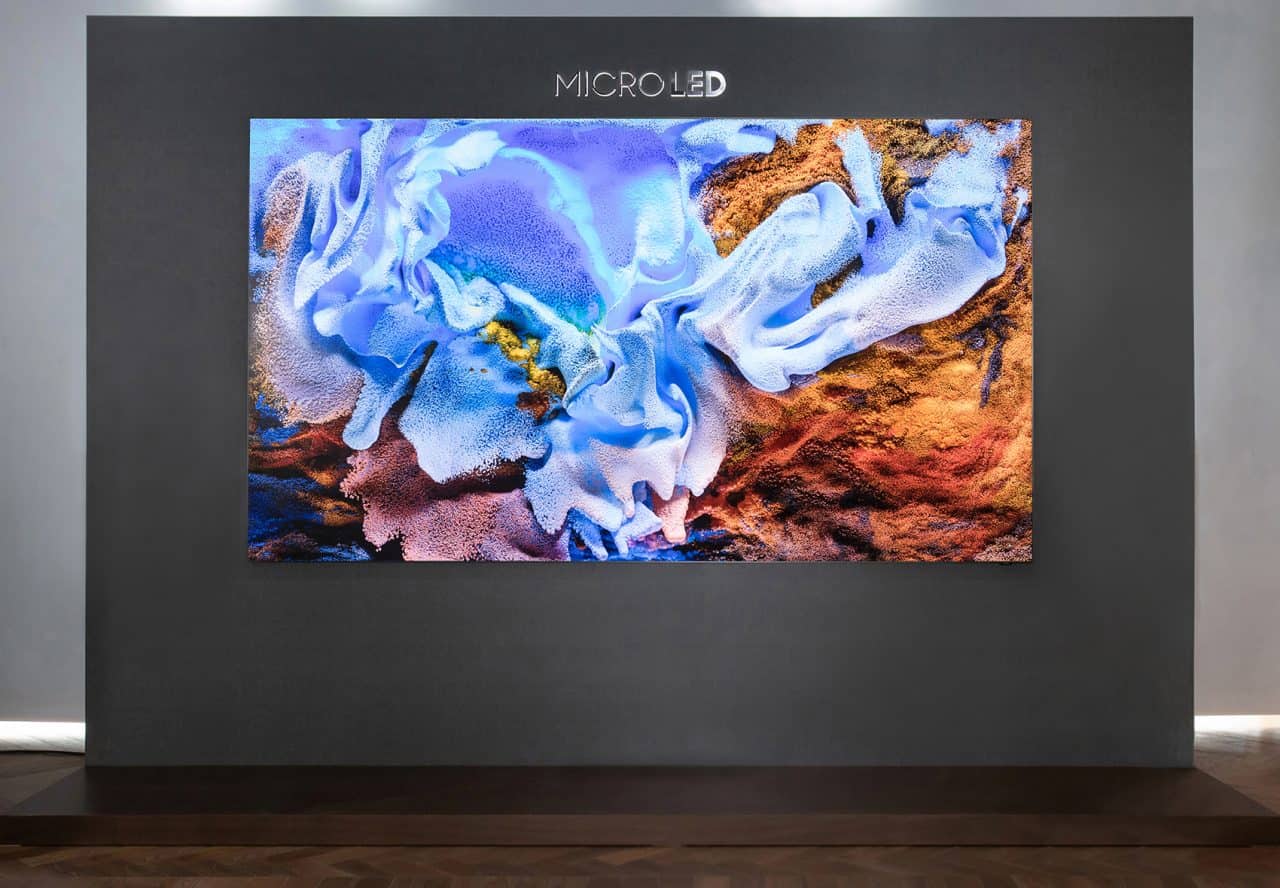
Samsung has unveiled its first LCD TV with an RGB microLED backlight at CES 2025. This groundbreaking display technology combines the benefits of LCD and microLED, offering improved picture quality and energy efficiency. The new TV uses tiny RGB microLEDs as its backlight source, enhancing contrast and color accuracy compared to traditional LED-backlit LCD TVs.
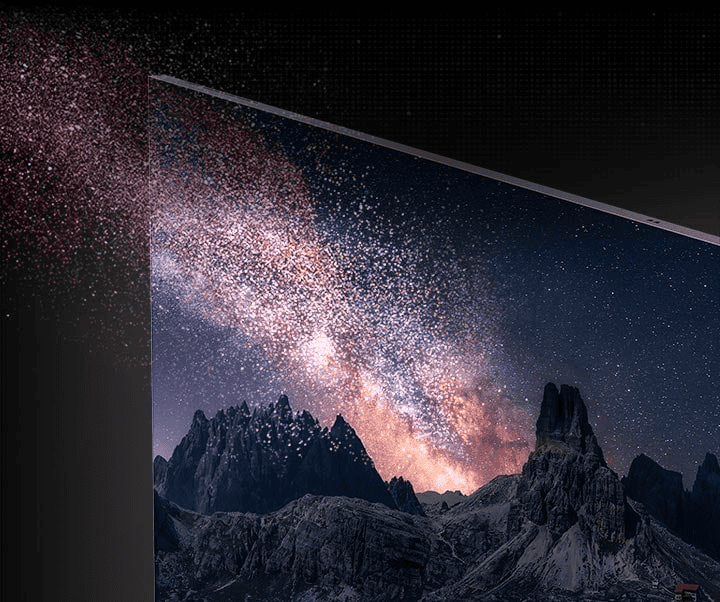
The innovative display has no official name or model number yet, but Samsung plans to release it later in 2025. While pricing details are not confirmed, industry experts expect it to be more affordable than Samsung’s current microLED TVs. This development marks a significant step in making advanced display technologies more accessible to consumers.
Samsung’s new TV showcases the company’s commitment to pushing display technology boundaries. By integrating microLED backlighting into an LCD panel, Samsung aims to deliver superior image quality while potentially reducing production costs compared to full microLED displays. This hybrid approach could bridge the gap between high-end and mainstream TV markets.
Samsung’s 8K Neo QLED TV: A New Era of LCD Display Technology
Samsung has unveiled a groundbreaking LCD TV technology at CES 2025. This new 8K TV uses a microLED backlight, a first for LCD TVs. This advancement promises a significant leap in picture quality, exceeding the capabilities of current LCD and miniLED TVs.
MicroLED vs. MiniLED: A Tiny Difference with a Big Impact
To understand why this is such a big deal, let’s break down the difference between microLED and miniLED:
- Size: MicroLEDs are significantly smaller than miniLEDs. This allows for more precise control of the backlight, resulting in better contrast and black levels.
- Color: The RGB microLED backlight in Samsung’s new TV offers more accurate and vibrant colors compared to traditional LCD TVs that use blue LEDs with quantum dots.
- Efficiency: MicroLED technology has the potential to be more energy-efficient than current LCD technology.
What This Means for Viewers
Samsung’s 8K Neo QLED TV with RGB microLED backlight offers several advantages:
- Improved Contrast: Expect deeper blacks and brighter whites, leading to a more realistic and immersive viewing experience.
- Enhanced Color Accuracy: The RGB microLED backlight delivers a wider color gamut and more precise color reproduction.
- Increased Brightness: MicroLEDs can achieve higher peak brightness levels, making HDR content even more impressive.
- Better Energy Efficiency: This technology can potentially reduce power consumption compared to traditional LCD TVs.
The Future of TV Technology
While this technology is still new and likely to be expensive initially, it represents a major step forward in display technology. As production costs decrease, we can expect to see microLED backlights become more common in TVs across different price points. This innovation could eventually make OLED TVs obsolete, offering superior picture quality and energy efficiency at a lower cost.
Comparing Display Technologies
| Feature | LCD with MicroLED Backlight | Traditional LCD | OLED |
|---|---|---|---|
| Backlight | MicroLED | LED | Self-emissive pixels |
| Black Levels | Excellent | Good | Perfect |
| Brightness | Very high | High | Moderate |
| Color Accuracy | Excellent | Good | Excellent |
| Viewing Angles | Wide | Wide | Very wide |
| Energy Efficiency | Very good | Good | Moderate |
| Lifespan | Long | Long | Moderate |
| Cost | High | Low | Moderate |
Beyond the Living Room: MicroLEDs in Other Applications
MicroLED technology is not limited to TVs. Its exceptional color accuracy, brightness, and energy efficiency make it ideal for various applications:
- Smartphones and Tablets: Imagine devices with incredibly vibrant and sharp displays, even in direct sunlight.
- Wearable Devices: MicroLEDs can enable smaller, lighter, and more power-efficient displays for smartwatches and augmented reality glasses.
- Digital Signage: Large-scale displays with stunning image quality and high energy efficiency can revolutionize advertising and public information systems.
- Automotive Displays: MicroLEDs can enhance the visibility and clarity of dashboard displays and in-car entertainment systems.
The development of microLED technology is opening up new possibilities for display innovation across various industries. As the technology matures and production costs decrease, we can expect to see microLEDs integrated into more devices, transforming how we interact with the world around us.
Key Takeaways
- Samsung introduced an LCD TV with RGB microLED backlight at CES 2025
- The new technology promises improved picture quality and energy efficiency
- This hybrid display approach may make advanced TV technology more affordable
Development of Samsung’s MicroLED Technology
Samsung’s new 8K Neo QLED TV is a major advancement in the display industry. By using microLED backlights with LCD technology, Samsung has created a TV that provides better picture quality, saves energy, and may be cheaper than OLED TVs. This innovation could lead to a new era in TV technology, with microLEDs potentially replacing traditional LCD and OLED displays in many uses.
Samsung has made significant strides in MicroLED technology, pushing the boundaries of display innovation. The company’s journey from OLED to MicroLED has been marked by continuous advancements and breakthroughs in backlight technology.
Evolution From OLED to MicroLED
Samsung’s transition from OLED to MicroLED displays began several years ago. MicroLED technology offers key advantages over OLED, including higher brightness, longer lifespan, and no risk of burn-in. Unlike OLED, where each pixel emits its own light, MicroLED uses tiny LEDs to create individual pixels.
The development process has been challenging. Engineers had to overcome issues like precise placement of microscopic LEDs and achieving uniform brightness across the display. Samsung invested heavily in research and manufacturing techniques to make MicroLED viable for consumer products.
Early MicroLED prototypes were massive and prohibitively expensive. Over time, Samsung reduced the LED size and improved production efficiency, making smaller and more affordable MicroLED displays possible.
Advancements in Backlight Technology
Samsung’s latest breakthrough involves incorporating MicroLED technology into LCD TV backlights. This innovation combines the best aspects of LCD and MicroLED displays.
Traditional LCD TVs use white LED backlights with color filters. The new RGB MicroLED backlight allows for more precise local dimming and improved color accuracy. Each tiny LED can be individually controlled, resulting in better contrast and deeper blacks.
This advancement required Samsung to develop new manufacturing processes and refine their MicroLED production techniques. The company had to ensure consistent quality and color reproduction across millions of microscopic LEDs in each display.
CES 2024 Prototype Preview
At CES 2024, Samsung unveiled a groundbreaking transparent MicroLED display prototype. This futuristic screen blends seamlessly with its surroundings when not in use, appearing almost invisible.
The transparent MicroLED technology opens up new possibilities for display applications in homes, retail environments, and public spaces. It can serve as both a window and a high-quality display, switching between transparency and vivid image reproduction.
Samsung’s CES prototype demonstrated impressive image quality and brightness, even in well-lit environments. While still in the early stages, this technology showcases Samsung’s commitment to pushing the boundaries of what’s possible with MicroLED displays.
Features of the RGB MicroLED LCD TV
Samsung’s new RGB MicroLED LCD TV offers cutting-edge display technology. This innovative TV combines the best of LCD and MicroLED to deliver stunning picture quality.
Contrast and Brightness Capabilities
The RGB MicroLED backlight enhances contrast and brightness significantly. This technology allows for precise control of light output across the screen. Each MicroLED can be individually dimmed or brightened, resulting in deeper blacks and brighter whites.
The TV’s peak brightness is expected to be much higher than traditional LCD TVs. This increased luminance improves HDR performance, making highlights pop and enhancing overall picture quality.
MicroLEDs also have a faster response time than standard LEDs. This reduces motion blur and improves the clarity of fast-moving images.
Color Accuracy and Pixel Density
RGB MicroLED technology brings superior color reproduction to LCD TVs. Each pixel is illuminated by red, green, and blue MicroLEDs, enabling a wider color gamut and more accurate color representation.
The TV’s 8K resolution provides exceptional pixel density. With over 33 million pixels, images appear sharp and detailed, even on the large 98-inch screen.
This combination of high resolution and precise color control results in lifelike images with vibrant, true-to-life colors.
New Dimming Zones Technology
The RGB MicroLED backlight introduces a new level of local dimming precision. Traditional LCD TVs use larger LED zones for dimming, but MicroLEDs allow for many more, much smaller zones.
This increased granularity in dimming zones reduces blooming and haloing effects often seen around bright objects on dark backgrounds in LCD TVs.
The exact number of dimming zones hasn’t been disclosed, but it’s likely to be significantly higher than current high-end LCD TVs. This improved local dimming contributes to better contrast and more precise HDR performance.
Impact on the Consumer Market
Samsung’s introduction of the first LCD TV with an RGB microLED backlight marks a significant shift in display technology. This innovation promises to reshape viewing experiences and consumer expectations for home entertainment systems.
Price Point and Accessibility
The new Samsung TV with RGB microLED backlight technology comes with a premium price tag of around $150,000. This high cost places it in the luxury segment of the market, limiting its immediate accessibility to most consumers. Early adopters and tech enthusiasts with substantial budgets will likely be the first to experience this cutting-edge display.
Analysts predict a gradual decrease in price over time as production processes improve and economies of scale come into play. This trend could eventually make the technology more accessible to a broader consumer base.
Comparison With Current Market Offerings
Samsung’s RGB microLED backlight TV offers several advantages over existing high-end models:
- Improved contrast ratios
- Enhanced color accuracy
- Better energy efficiency
When compared to Samsung’s 8K Neo QLED (Qn990f model), the new TV boasts superior black levels and a wider color gamut. However, the 8K Neo QLED remains a more affordable option for consumers seeking high-quality visuals.
Future of Home Entertainment
The introduction of RGB microLED backlight technology in LCD TVs signals a new direction for home entertainment. This advancement paves the way for larger screens with improved picture quality and potentially thinner designs.
Industry experts anticipate this technology will integrate with smart home systems, offering enhanced connectivity and user experiences. As the technology matures, it may lead to new applications beyond traditional TV viewing, such as immersive gaming environments and advanced home theater setups.
The long-term impact on the consumer market will depend on how quickly manufacturers can scale production and reduce costs. As prices decrease, RGB microLED backlight TVs could become the new standard for premium home entertainment systems.
Advancements in Display Technology Ecosystem
Samsung leads the way in revolutionizing display technology. The company’s innovations span foldable screens, AI integration, and cutting-edge LED solutions.
Foldable and Transparent Displays
Samsung’s foldable displays have transformed the smartphone and tablet markets. These flexible screens allow devices to expand or collapse, offering larger viewing areas in compact form factors. The company has refined the durability and usability of foldable displays, addressing early concerns about creases and longevity.
Transparent OLED panels represent another leap forward. These see-through screens blend seamlessly into environments, finding applications in retail, automotive, and smart home settings. Samsung has showcased prototypes of transparent displays at CES, demonstrating their potential for enhancing user interfaces and information delivery.
Integrating AI and Ambient Light Adaptation
AI plays a crucial role in Samsung’s display advancements. The company’s Vision AI technology optimizes picture quality in real-time, adjusting brightness, contrast, and color based on content and viewing conditions.
Ambient light sensors work in tandem with AI algorithms to fine-tune display settings. This adaptive technology ensures optimal visibility and reduced eye strain across various lighting environments.
Samsung’s AI-driven upscaling enhances lower resolution content, delivering crisp images on high-resolution screens. This feature proves particularly valuable for older media on modern 4K and 8K displays.
The Role of Samsung in Shaping the Future
Samsung’s flagship display, The Wall, exemplifies the company’s vision for the future. This modular MicroLED screen can be customized to various sizes and shapes, offering unparalleled picture quality and flexibility.
At CES 2025, Samsung unveiled new display concepts, including holographic projections and AI-powered smart mirrors. These innovations hint at a future where displays become more immersive and interactive.
The company’s research into quantum dot technology promises even more vibrant colors and energy-efficient displays. Samsung’s continued investment in display R&D cements its position as an industry leader, driving progress in visual technology across consumer and professional markets.
Frequently Asked Questions
Samsung’s new LCD TV with RGB microLED backlight introduces several advancements in display technology. This innovation brings improved image quality, energy efficiency, and potential longevity to the TV market.
What are the benefits of RGB microLED backlight in LCD TVs?
RGB microLED backlights offer superior color accuracy and contrast. They provide precise local dimming, resulting in deeper blacks and brighter whites. This technology also enables wider color gamuts, enhancing overall picture quality.
How does the RGB microLED technology impact the image quality on LCD TVs?
The RGB microLED backlight significantly improves image quality. It reduces light bleed and enhances contrast ratios. This results in sharper images with more vibrant colors and better HDR performance.
What is the expected lifespan of Samsung’s LCD TV with RGB microLED backlight?
MicroLED technology is known for its durability. These TVs are expected to have a longer lifespan compared to traditional LED-backlit LCDs. The exact lifespan will depend on usage patterns and environmental factors.
How does Samsung’s RGB microLED backlight technology differ from traditional LCD TV backlights?
Traditional LCD backlights use white LEDs with color filters. Samsung’s RGB microLED backlight uses individual red, green, and blue LEDs. This allows for more precise color control and better energy efficiency.
What are the energy efficiency ratings for Samsung’s new LCD TV with RGB microLED backlight?
Specific energy efficiency ratings have not been released yet. However, microLED technology is generally more energy-efficient than traditional LED backlights. This TV is expected to consume less power while delivering superior picture quality.
Are there any size variations available in Samsung’s LCD TV lineup featuring RGB microLED technology?
Samsung has not announced the full range of sizes for this new TV lineup. The company typically offers various sizes to cater to different consumer needs and preferences. More information on available sizes is expected in future announcements.

